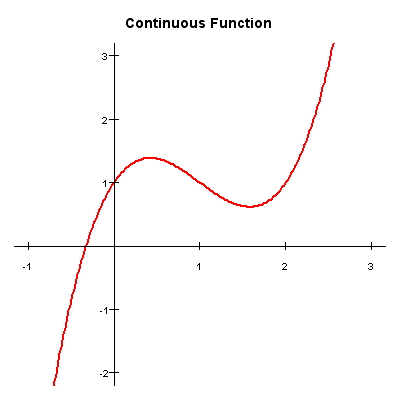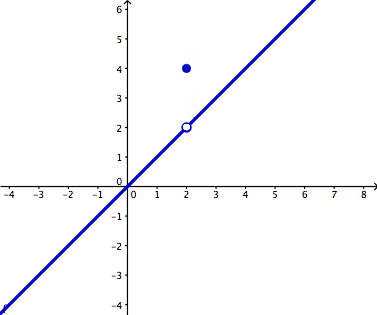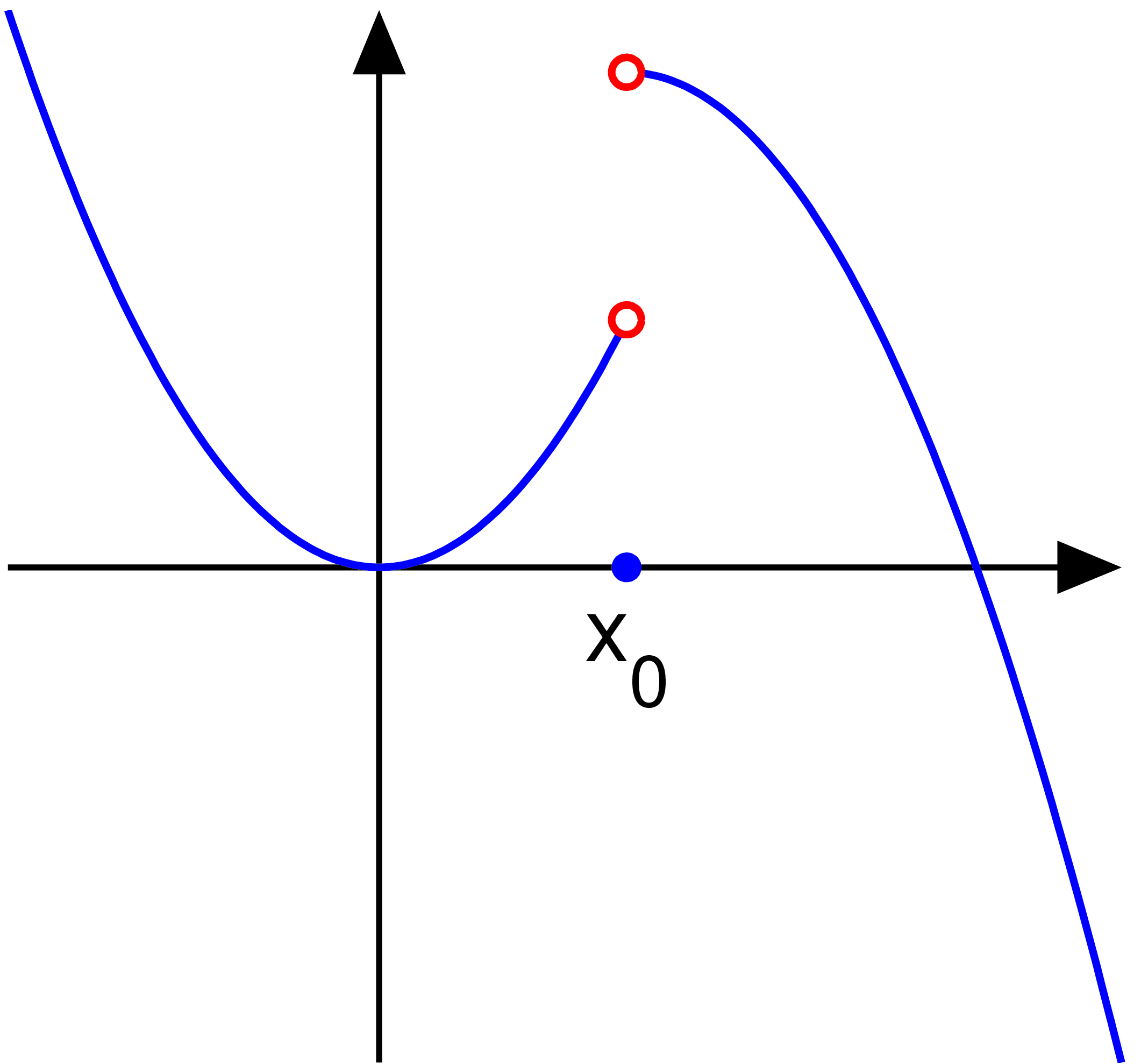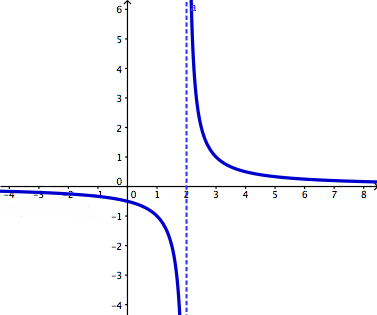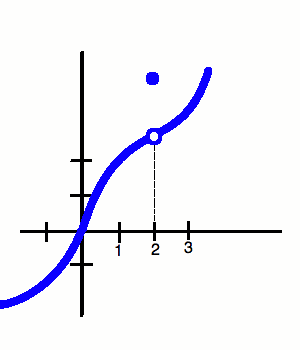In this unit, there is a relationship between the Unit Circle and the period for the trig functions. For sine and cosine, their periods are 2pi. The reason for this is because a period is a repeating pattern. Using ASTC, sine is positive, positive, negative, negative. The cycle of that is pi. However, there is no repeating pattern so in order for there to be a period, we must go around the Unit Circle again, which is why it is 2pi. It is the same idea as AABB, that is not a period because there is not repeating pattern. So we must then repeat that entire sequence again for it to be a period: AABB AABB.

It is the same idea for cosine. There is not repeating pattern in cosine: positive, negative, negative positive. Because there is not repeating pattern, we must go around the circle again in order for there to be a period thus a full period for cosine is 2pi. Take ABBA for example, there is not repeating pattern so we must repeat the cycle again in order for there to be a period: ABBA ABBA.
Tangent and cotangent's period however, is not 2pi. It is just pi. The reason for that is because there is a repeating pattern in the first rotation using ASTC: positive, negative, positive, negative. There is a repeating pattern of positive and negative thus only having to go half the cycle compared to sine and cosine, thus the full period of tangent/cotangent is only pi.
Sine and cosine both have amplitudes of one in their graphs. The reason for that is think back to the Unit Circle, the largest number on the Unit Circle was 1 and the smallest number was -1. Those are the largest and smallest that the ratios of sine (y/r) and cosine (x/r) can be, thus the amplitudes of their graphs are restricted to only 1 and -1. However, the other trig functions do not have these restrictions which is why their amplitudes can surpass 1 and -1.
